- Stone Center
- Blog
Travertine Stone: Beauty That Stands the Test of Time
23/7/2025
12/16/2024
Travertine Stone: Beauty That Stands the Test of Time
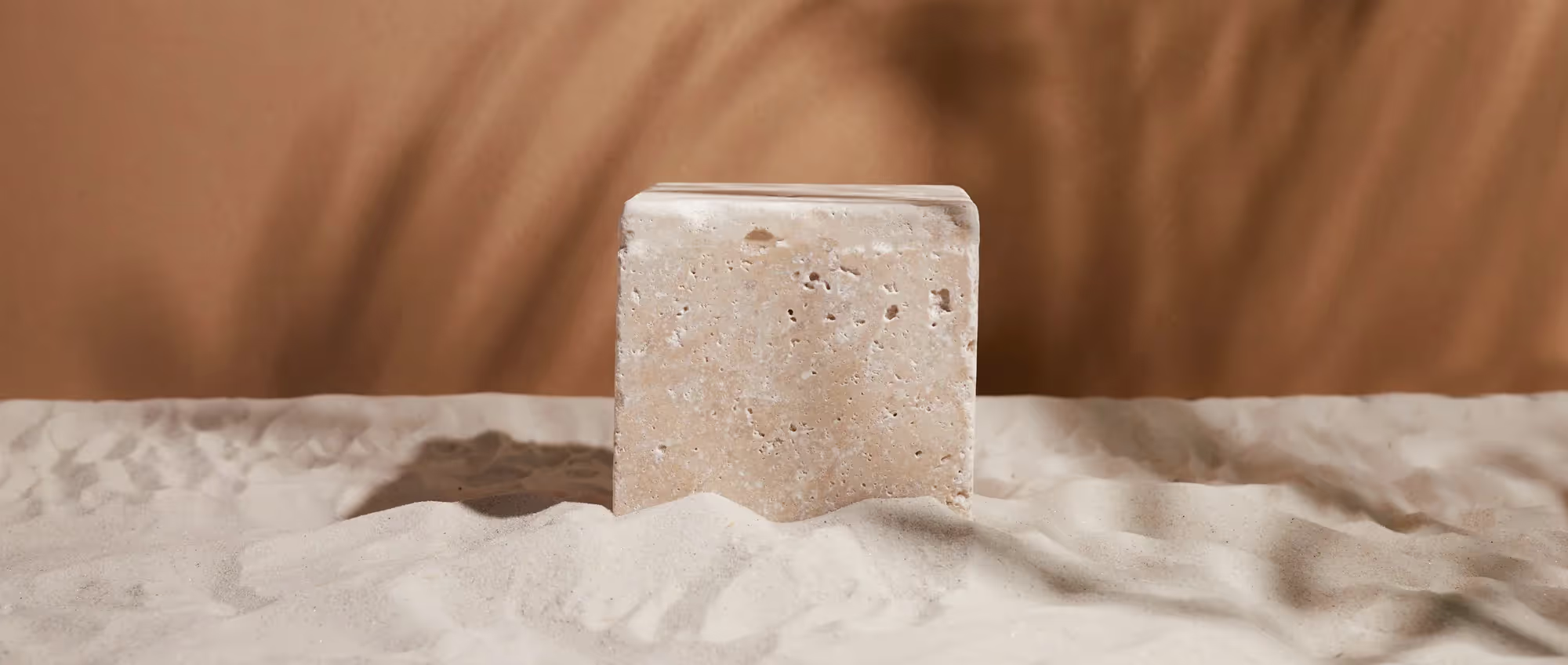
Are you looking for a natural stone that combines timeless elegance with practical durability? We have what you’re looking for! From ancient Roman amphitheaters to modern patios and kitchens, travertine has been a go-to material for centuries, offering unmatched beauty and resilience.
In this guide, our team at Stone Center will uncover everything you need to know about travertine stone — its unique features, benefits, and how to make it work for your next project. Let’s explore why this versatile stone may be the perfect choice for your home or landscape design.
What Is Travertine?
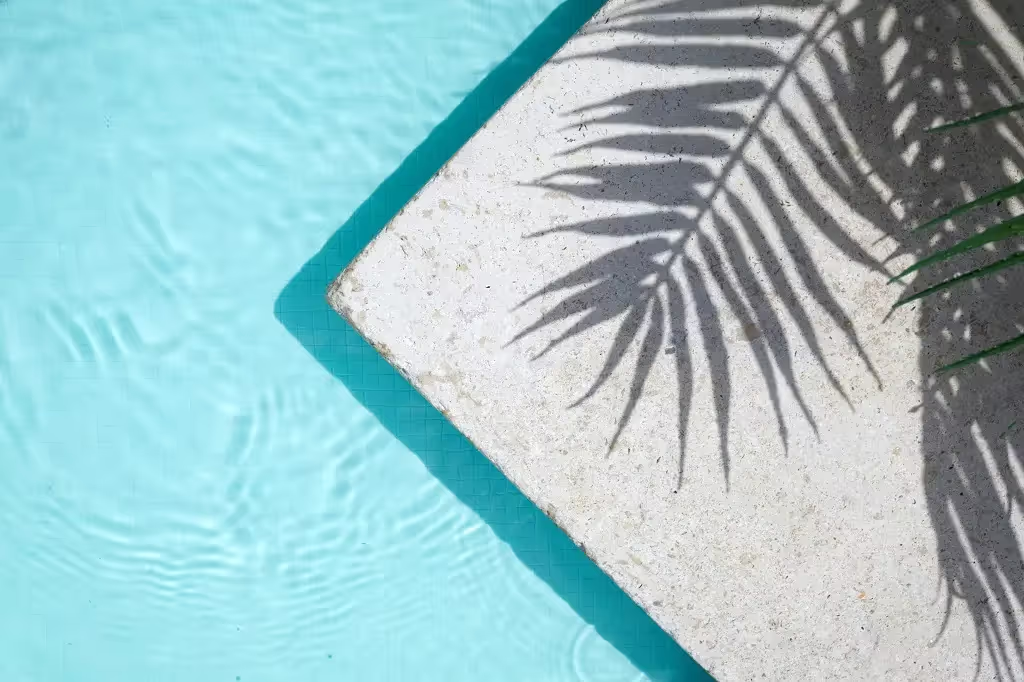
Travertine is a natural stone that is formed by the buildup of minerals. It’s a slow and steady process that results in a durable and beautiful rock. As you can imagine, travertine has been admired and used for centuries in both architecture and design.
#spoilers_start
Want to dive deeper into how travertine is formed? Click here to learn about the science behind the beauty!
Travertine forms in mineral-rich environments like hot springs and limestone caves. Groundwater containing dissolved carbon dioxide (CO₂) and calcium ions (Ca²⁺) rises to the surface, where it cools and releases CO₂. This reaction causes calcium carbonate (CaCO₃) to precipitate and solidify, forming travertine’s characteristic porous layers over time:
Ca²⁺ + 2HCO₃⁻ → CaCO₃ + CO₂ + H₂O
However, what makes travertine truly special is its pitted texture, created by tiny gas bubbles trapped during its formation. These natural pockets give travertine its unique appearance, which can be left untouched or filled for a smoother finish. Its colors, ranging from soft cream to deep walnut, are shaped by minerals found in the environment, making each piece one of a kind.
#spoilers_end
Travertine’s Unique Features
We understand that there are plenty of beautiful natural stone options at your fingertips, but travertine is one of a kind. Explore the unique characteristics that make travertine a standout choice among other options for both beauty and practicality.
- Hardness: Travertine is harder than many other natural stones like marble, offering good resistance to wear and tear, especially when sealed. It's durable enough for high-traffic areas but can be susceptible to scratching or chipping if it’s subjected to significant impact.
- Durability: Don’t underestimate travertine’s durability. It is resistant to scratching and chipping, making it a good choice for high-traffic areas.
- Texture: Its pitted texture gives travertine a rustic appearance, but finishing techniques like honing or polishing can smooth it out for refined interiors.
- Eco-Friendliness: As a naturally occurring material, travertine is an environmentally friendly option compared to synthetic alternatives, with minimal processing required.
- Porosity: Travertine is a porous stone, which means that it can absorb stains and liquids. This is why it’s important to seal travertine before using it in any applications where it may be exposed to these substances.
- Color: Travertine can be light or dark, but it is most commonly found in a light cream color. If you’re looking for a stone in a specific color, travertine may not be the best option for you.
Curious how travertine stacks up against another popular natural stone? Explore our article that delves into the key differences between limestone and travertine!
Types and Variations of Travertine
Understanding the different types, colors, and finishes of travertine can help you choose the perfect option for your home or landscaping project. Below, we explore the most popular variations and finishes of this timeless material.
Color Variations
As we previously mentioned, travertine can be light or dark. The most common travertine colors are light cream, ivory, and tan. However, travertine can also be found in shades of white, red, yellow, and brown. The color swirls and patterns in travertine are created by the iron and other minerals that are present in the stone.
The Most Popular Types of Travertine
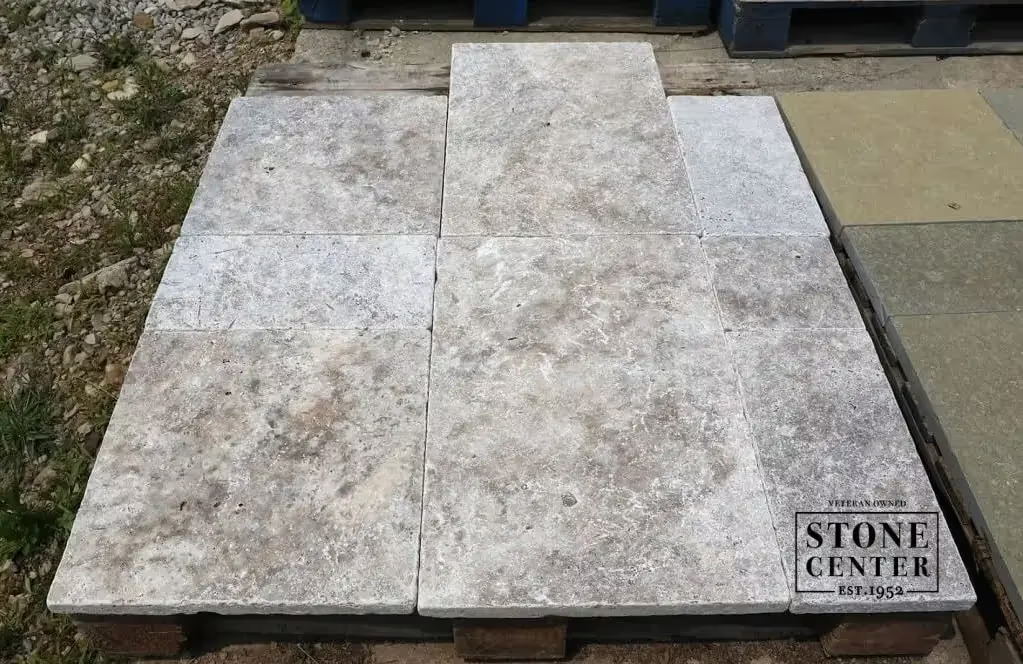
- Travertine Giallo: Known for its warm yellow hue and intricate patterns, this durable option is ideal for flooring and countertops.
- Silver Travertine: With its light silver color, silver is a strong choice for high-traffic areas like floors, walls, and countertops.
- Travertine Ivory: Recognized for its clean, crisp white appearance, ivory brings a classic look to any space.
- Walnut Travertine: A rich dark brown variety that’s perfect for flooring, walls, and countertops. Walnut travertine is admired for its deep color and patterns.
Types of Travertine Finishes
- Honed Travertine: Honed travertine is a popular finish for residential use and it’s ideal for travertine floors, countertops, and backsplashes. Its natural holes give travertine tiles a unique character and the honed matte finish suits any style.
- Polished Travertine: Polished travertine is another popular finish, especially for countertops. The stone is sanded and then buffed to create a high-gloss finish.
- Tumbled Travertine: Tumbled travertine is a finish created by tumbling the stone in a machine with small pebbles. This process gives the stone a distressed look that’s perfect for rustic or country-style homes.
- Brushed Travertine: Brushed travertine is a finish that is created by brushing the stone with a wire brush. This process gives travertine a textured look that helps create a slip-resistant surface.
Applications and Uses
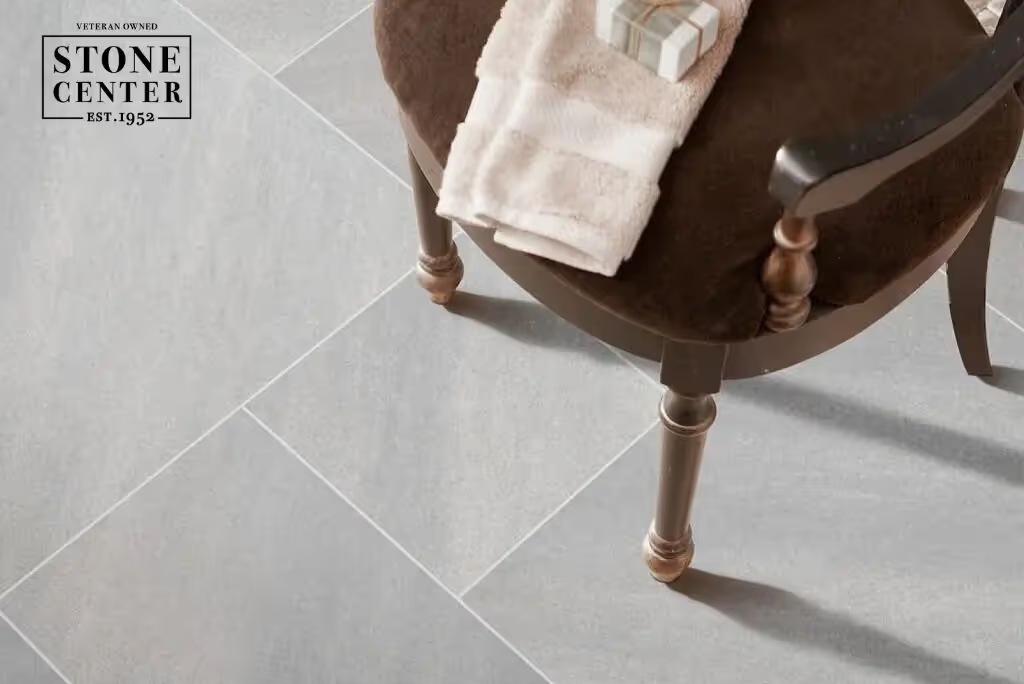
Travertine can be used for a variety of applications, both indoors and outdoors. Some of the most popular travertine uses include:
How to Care for Travertine
Maintaining travertine is simple with regular cleaning, sealing, and prompt repairs. Follow these tips to keep your surfaces looking their best.
#spoilers_start
Cleaning
- Sweep weekly with a soft broom or dust mop to remove dirt and debris before it has a chance to build up.
- Wipe up spills immediately, especially acidic substances like vinegar, citrus juice, or wine, to prevent staining or etching.
- Use pH-neutral cleaners specifically designed for natural stone. Always avoid acidic or abrasive cleaners, as they can etch the surface.
Sealing
As we’ve mentioned, travertine is a porous material which means it’s prone to absorbing liquids and stains. This is where sealing comes into play as it creates a protective barrier that enhances its resistance to moisture and dirt. Ideally, you’ll reapply sealant every 1-2 years in high-traffic areas and every 3-5 years in less-used spaces.
Test the seal by placing a few drops of water on the surface — if it absorbs quickly, you’ll need to reseal it.
Repairing Minor Damage
- Use travertine filler or repair kits to address minor imperfections. These fillers are available in matching colors to blend seamlessly with the stone.
- For extensive damage, consider professional refinishing to restore the stone’s original finish.
#spoilers_end
Cost and Value of Travertine
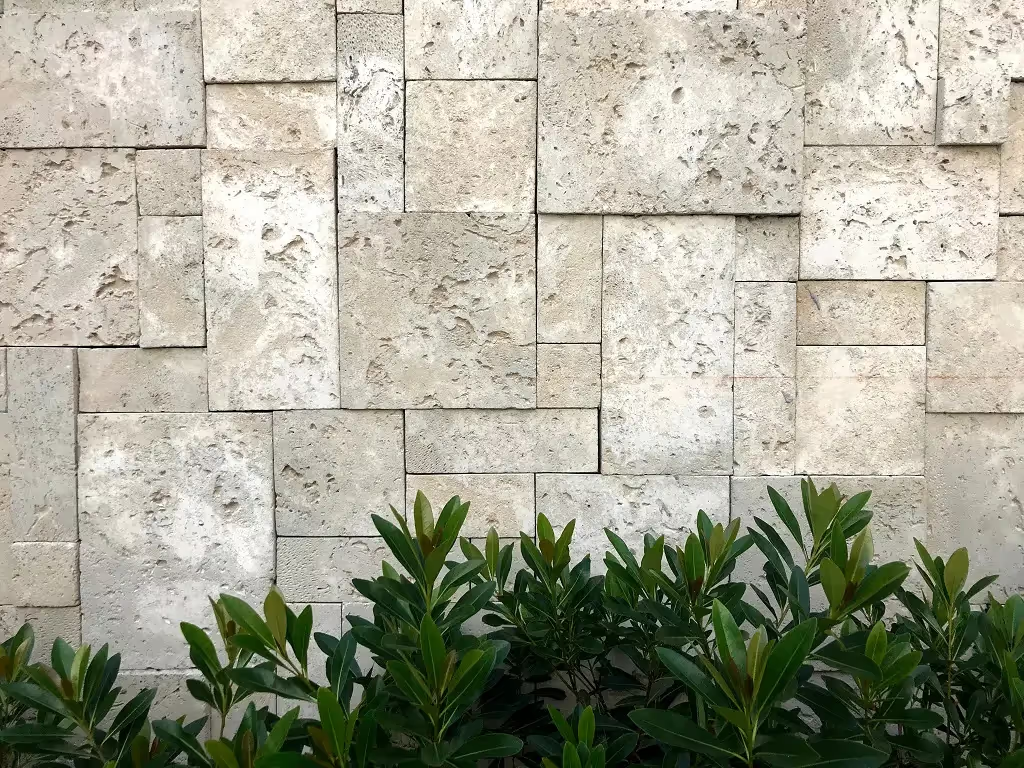
Although travertine is an investment, it will undoubtedly add value to your property. Here’s what influences its cost:
- Source and Quality: Premium grades from Italy or Turkey cost more.
- Finish: Polished travertine and honed travertine are pricier due to processing.
- Size and Thickness: Larger tiles or slabs increase costs.
On average, travertine costs range between $10 and $30 per square foot, though high-end selections can go up to $50 or more.
Despite the upfront expense, travertine offers an excellent return on investment (ROI). Its longevity — lasting decades with proper care — makes it a cost-effective investment that will pay off in both aesthetics and function.
Avoid Mistakes: A Buyer's Checklist
Avoid costly mistakes when buying travertine by asking the right questions and watching for red flags. Use our checklist to ensure you choose high-quality stone and a reliable supplier.
Questions to Ask Suppliers
- Sourcing: Where is the travertine sourced from? High-quality travertine often comes from Italy, Turkey, or Mexico, with regional variations influencing color and texture.
- Warranties: Does the supplier offer any warranties on the material? Warranties can cover defects in manufacturing or shipping.
- Maintenance Instructions: Request detailed care and maintenance guidelines to ensure the stone retains its appearance over time.
Red Flags to Avoid
- Inconsistent Quality: Uneven thickness, large filler patches, or irregular patterns can indicate poor-quality travertine.
- Improper Sealing: If the stone readily absorbs water or shows signs of discoloration, it may not be properly sealed.
- Excessive Porosity: Highly porous travertine may compromise durability, especially in high-traffic or moisture-prone areas.
Pros & Cons of Travertine
Travertine stone is a versatile and timeless choice for design projects, but like any material, it comes with advantages and limitations. Below is a clear comparison of its key pros and cons that our team at Stone Center has discussed throughout the article to help you decide if travertine is right for you:
Bringing Timeless Elegance to Your Projects
Now that you know more about travertine, you’re ready to decide if it’s the perfect fit for your next project. Whether you’re dreaming of elegant flooring, sleek countertops, or a rustic patio, travertine’s versatility, natural beauty, and timeless charm can bring your vision to life.
For those near Columbus and Cincinnati, Stone Center proudly offers a wide variety of travertine options. We’re highly regarded as one of the top stone fabricators in the region and have been around since 1952. Contact us to learn more about our natural stone options and find the perfect stone for your next project.
FAQ
.avif)
Jon, the owner of Stone Center, is a knowledgeable expert in natural stone products, specializing in various types of stone for landscaping and architectural projects. Passionate about promoting the beauty and versatility of natural stone, Jon aims to use these blogs to inspire readers with creative ideas to upgrade their homes.
How much does it cost to get a stone restored?
How much you end up spending to restore stone varies on the type of stone, the technique, and the stone’s current condition. Stone in good condition will cost less to restore, whereas stone that has a lot of wear and tear may require a longer restoration.




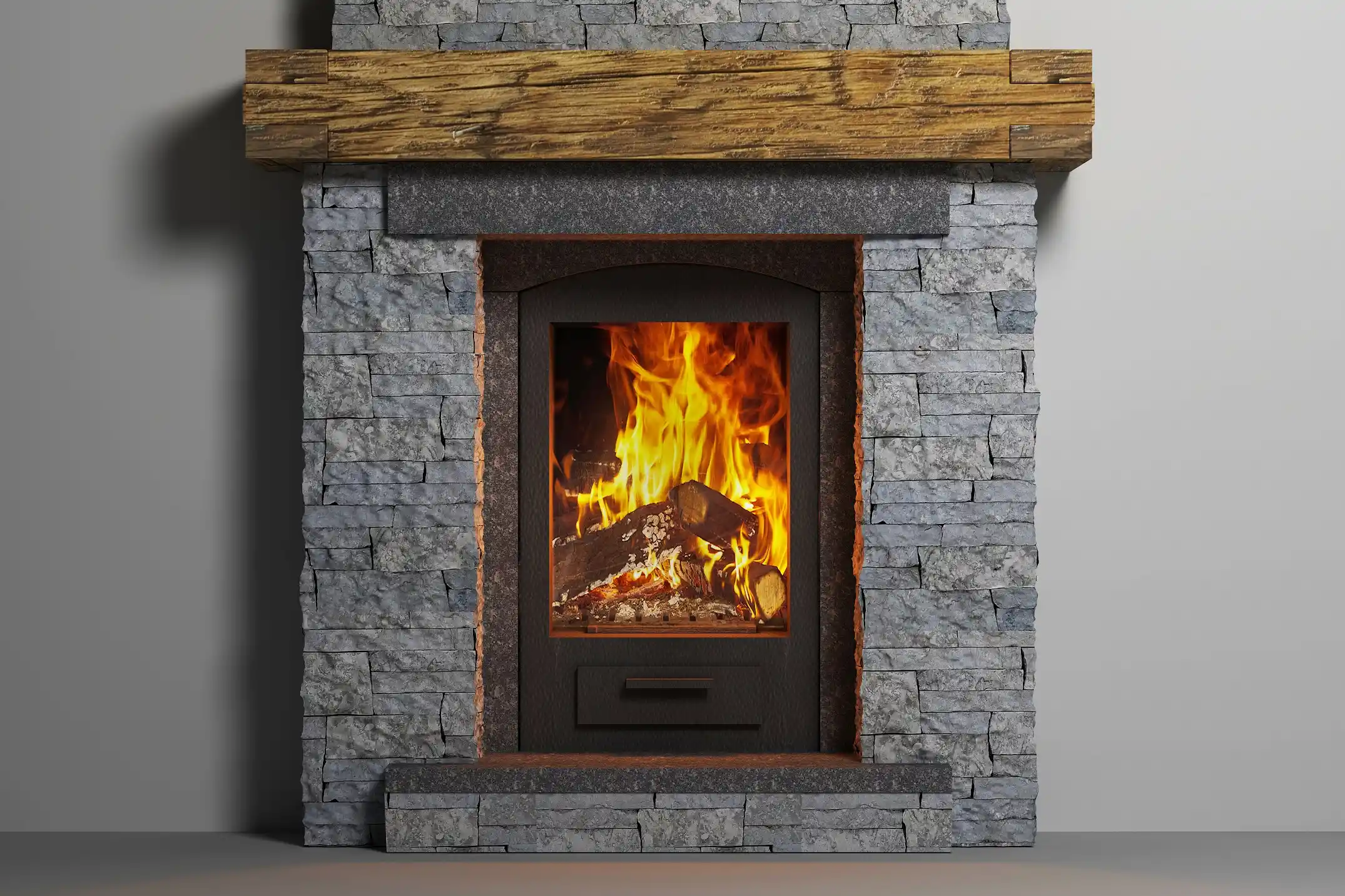

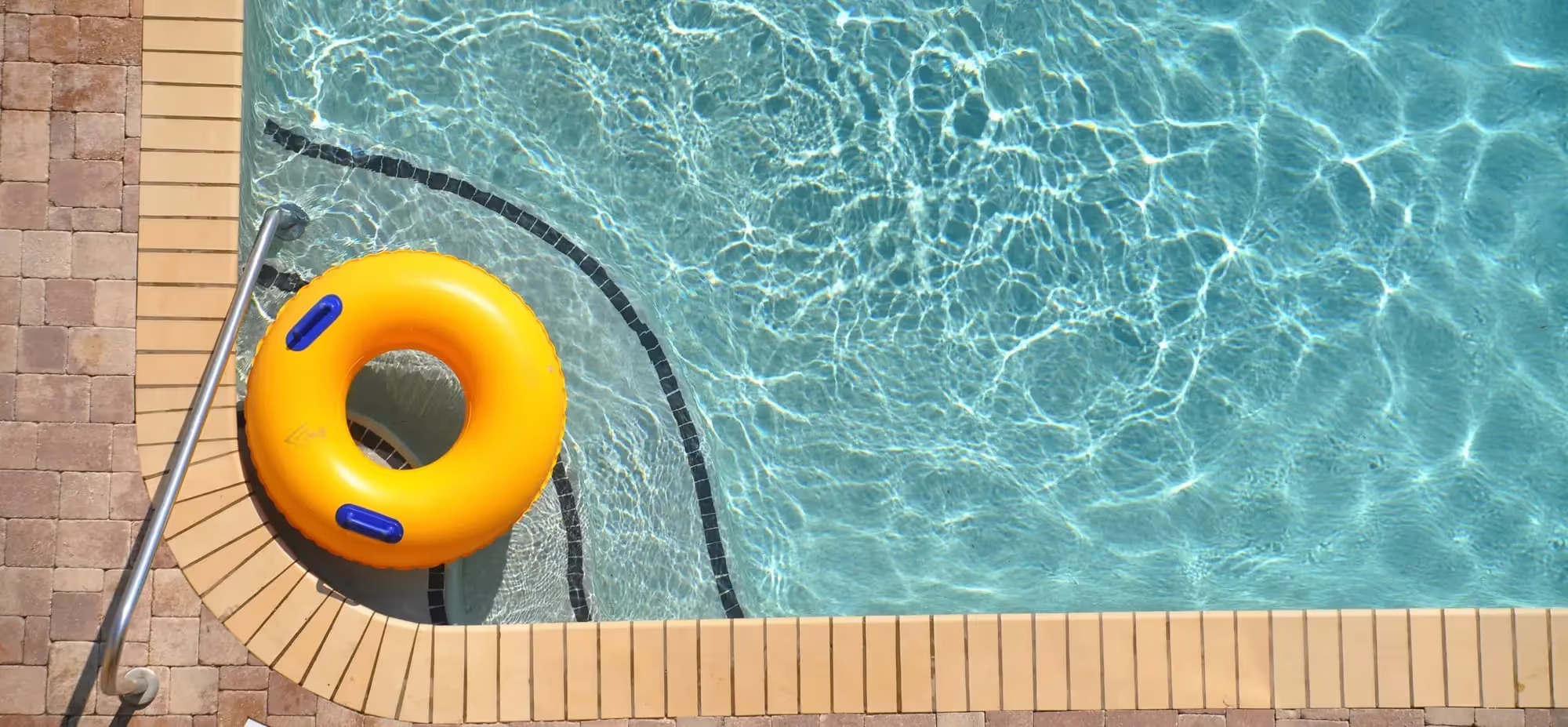
%20(1)%20(1).avif)
.avif)
.avif)
.avif)
